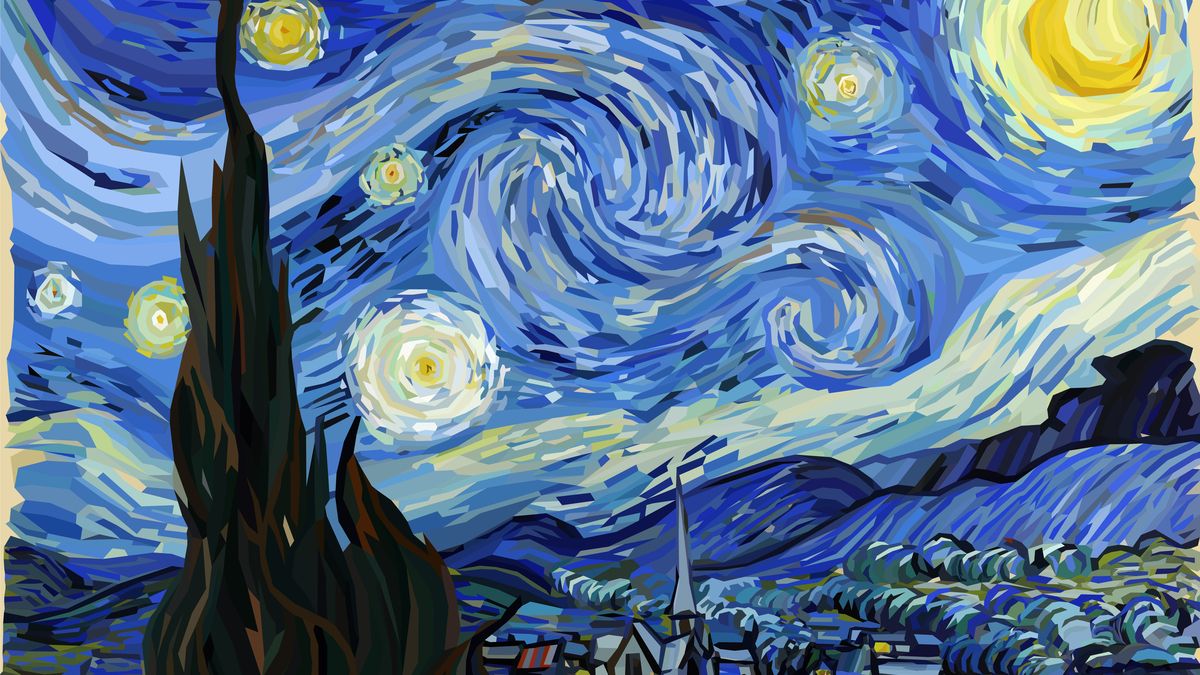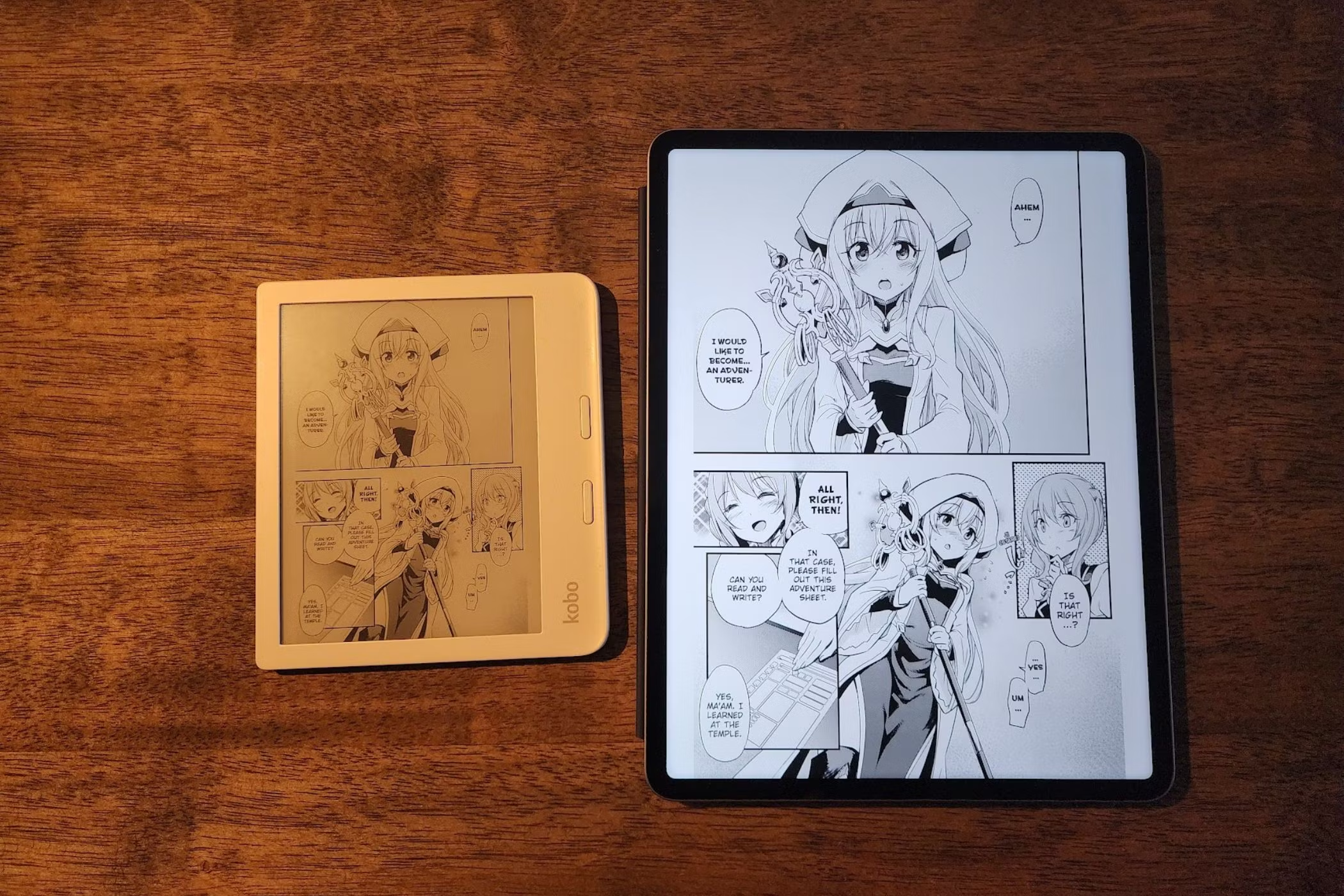Summary
- Finding art online is easy and convenient with digitization efforts by organizations like the National Gallery of Art.
- High-quality screens like OLEDs and mini-LEDs provide visually pleasing digital art experiences, but still fall short of printed art books.
- Professional printing offers superior color gradation, contrast, and detail compared to digital screens due to higher DPI standards and unique textures of paper.
I love the visual arts, and I decorate my home with it along with every screen that’s under my control. I even use a dedicated TV in my home as a permanent art slideshow. Yet, despite how far screens have come, my best at-home art experience is still by far the paper art book.
Finding Art Online Is Easy These Days
A lot of art these days is digital from inception to completion, and archivists have done a phenomenal job of scanning, digitizing, and making traditional art available. You can head over to the website of the National Gallery of Art, for example , and view and download thousands of high-resolution scans.
It means I can see art from all over the world at high quality, at a moment’s notice. It’s a pretty amazing world we live in!

Related
Why You Should Turn Your Old TV Into a Digital Art Frame
Add some artistic class to a room without paying for pricey prints.
I Have OLEDs, Mini-LEDs, and Retina Displays Galore
I’m also lucky enough to have access to some of the best screen technology money can buy. My OLED TV and mini-LED iPad and MacBook are my main way of looking at digital art, and these screens do a phenomenal job of reproducing art. In general, these are screens with so many pixels packed in, that you’d have to put your eye right up to the screen to see them.
I also read a lot of graphic novels and comic books on my iPad and Kobo ereader.
These modern displays all reproduce images that are incredibly pleasing to the eye, but compared to my collection of art books, they still fall significantly short.
Screens Don’t Match the Color Gamut or Contrast of Professional Printing
My wife and I are steadily building a collection of art books as part of our physical paper library. The examples below include the Taschen books on Salvador Dalí and MC Escher, as well as Der Mond:The Art of Neon Genesis Evangelion, and the amazing YOKAI.
Of course, since you’re looking at my amateur photography on a digital screen, there’s no way to see just how good this artwork looks on paper. So the best I can do is tell you that to the naked eye, these prints look very good.
Colors pop, and the contrast level of ink on paper is orders of magnitude higher than any emissive screen technology, even OLED panels with their “perfect” blacks. Oddly enough, I find that digital screens tend to over-saturate colors, whereas the printed art has more color gradation and subtlety.
The actual texture of the paper also changes how light interacts with it. For example, the paper in the YOKAI art book mimics what I imagine the original scroll material looks and feels like, since it’s not normal smooth white paper.
Pixels Still Aren’t As Dense and Detailed As High Quality Printing
Modern display pixel density is miraculous, but even something like an Apple 4K XDR display “only” offers 218 Pixels Per Inch (PPI). Conversely, the industry standard for art book prints is 300DPI (Dots Per Inch) and this can go up to 600, and even 1200DPI depending on the nature of the art, its size, and detail requirements.
For the art books I personally own, I need a magnifying glass to see the individual ink dots, but even on my retina displays I can see the pixel grid structure with my naked eye if I look close enough.
I’m happy to have the option to look at any art I want on these screens that are objectively amazing, but for the foreseeable future, I think there will always be a reason to buy prints of your favorite art as ink on paper.




